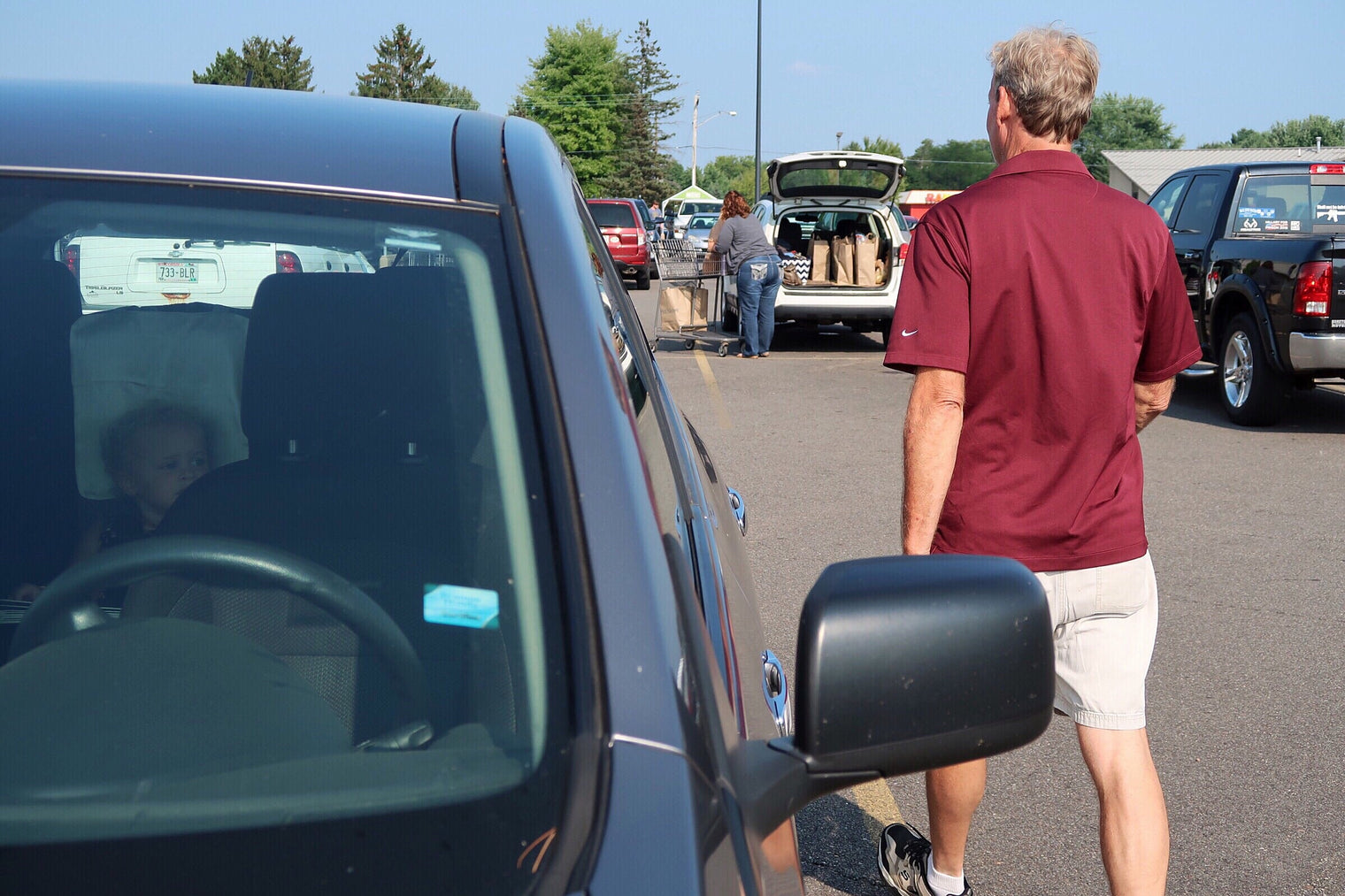Every parent wants to protect their child from harm, especially when it comes to preventable tragedies like pediatric heatstroke. When temperatures rise, leaving a child in a car, even momentarily, can result in severe injury or death. The good news is that this danger can be mitigated with the proper safety habits. In this article, we will explain how the Cleverelly system helps reinforce these habits, ultimately preventing tragic accidents and making backseat checks second nature.
How to Prevent Leaving a Child in a Hot Car
Preventing pediatric heatstroke requires creating a reliable system to remind parents and guardians to check the backseat every time they exit the vehicle. Here are some practical steps you can take:
-
Install a Backseat Reminder System: Cleverelly offers an easy-to-install, car-socket outlet charger that acts as a reliable reminder to always check the backseat.
-
Leave an Essential Item in the Backseat: Place your phone, purse, or another essential item next to the child's seat.
-
Get into the Habit: Make backseat checks a consistent habit. Using Cleverelly's technology reinforces this behavior with a simple yet effective reminder.
Is It Safe to Leave a Baby in a Hot Car?
No, it's not safe to leave a baby in a hot car. Children's bodies overheat much more quickly than adults'. Leaving a baby in a hot car, even for a few minutes, can have dire consequences. According to a fact sheet by Kidsafe Victoria, children’s bodies can become overheated rapidly, leading to heatstroke or even death in just a short amount of time.
Is My Car Too Hot for a Baby?
Even if the outside temperature is mild, a car's interior can become dangerously hot. The Better Health Channel states that the temperature inside a car can double in as little as 10 minutes, quickly becoming unsafe for a baby or young child. Even with the windows slightly open, a car’s internal temperature can reach deadly levels.
What Happens to Babies in a Hot Car?
Babies have a less developed ability to regulate their body temperature than adults. When exposed to extreme heat, their body temperature can rise three to five times faster than that of adults. Raising Children explains that heatstroke occurs when a child’s body temperature exceeds 40°C (104°F). This can lead to severe dehydration, organ failure, brain damage, and death.
How Long Can a Baby Survive in a Hot Car?
Babies can only endure a hot car environment for a short time before the situation becomes life-threatening. Quora highlights that in just 10 minutes, a child's body temperature can rise to dangerous levels. This means the window for intervention is minimal.
How Hot Is Too Hot for a Baby in a Car?
Temperatures above 35°C (95°F) can be dangerous for children left inside vehicles. Even when it’s 25°C (77°F) outside, a car’s interior can exceed 40°C (104°F) within 10 minutes. Babies are particularly vulnerable at these temperatures because of their faster body temperature increase and inability to remove themselves from the situation.
Detection System Limitations vs. Habit-Building
Detection systems that rely on sensors in car seats can sometimes fail, as they depend on correct installation and proper activation. If a sensor fails or isn’t properly positioned, it may not detect the presence of a child and could give parents a false sense of security. This is why habit-building is crucial. When parents and guardians make checking the backseat a routine through tools like Cleverelly, they reinforce safe behaviors that can protect their children regardless of technical errors.
To protect children from the dangers of pediatric heatstroke, building consistent backseat safety habits is critical. Cleverelly offers a simple, effective way to establish a habit of checking the backseat before exiting your vehicle. Learn more about how this habit can save lives by watching this video.
Being proactive in developing these habits can mean the difference between life and death for your child or any other young passengers.

